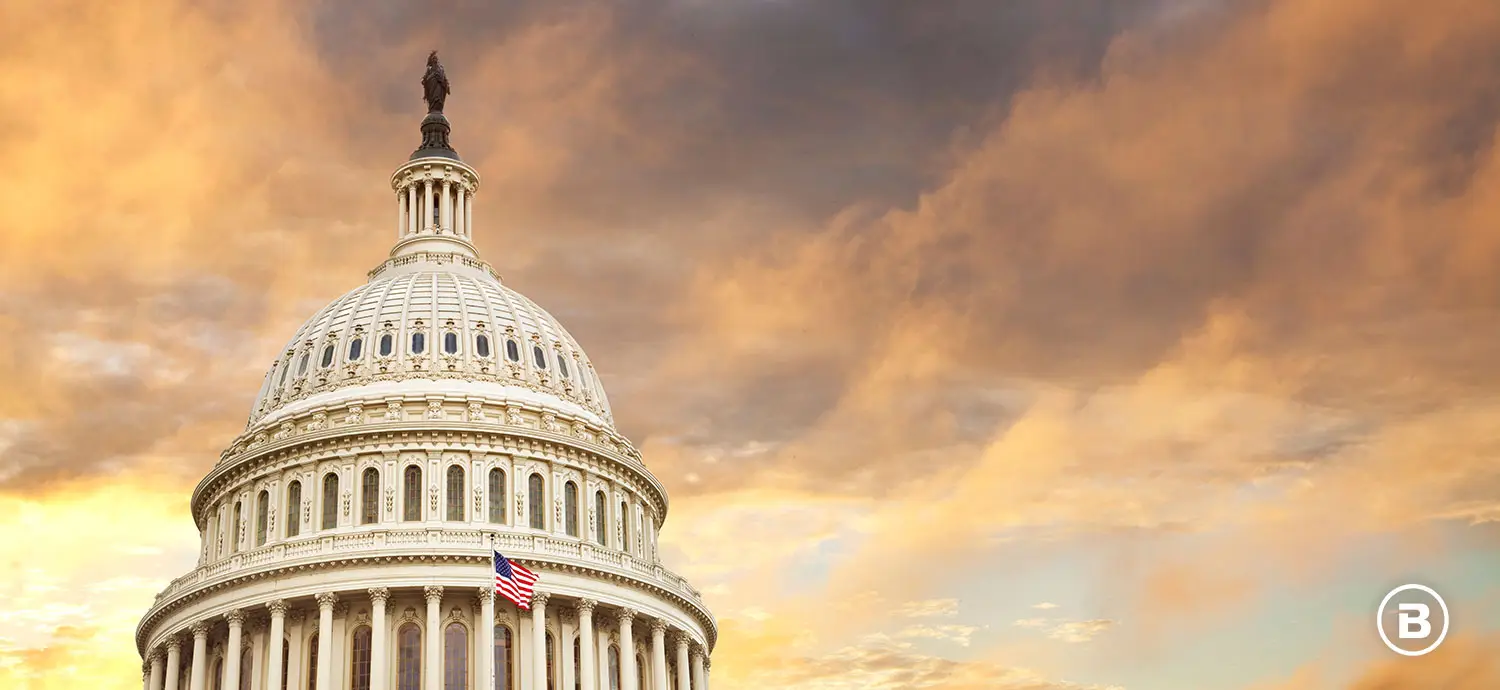Keep pace with the rapidly evolving fintech industry by subscribing to the BIGcast Network. Get weekly insights from industry leaders John Best and Glen Sarvady, delivered straight to your preferred podcast platform. Join our community and stay informed about the latest trends shaping the credit union industry. Subscribe today and ensure you’re always ahead of the curve.

Executive Order to Eliminate Checks Isn’t Worth the Paper it’s Printed On
The number of Executive Orders emerging from President Trump’s Oval Office has been unprecedented. Many have been far-reaching and, in the eyes of some, over-reaching. Others have been just… weird. March 25’s EO mandating that the Federal Government cease issuing paper checks falls in the latter category.
To be clear, the goals of “Modernizing Payments To and From America’s Bank Account” (the EO’s literal title) and “to promote operational efficiency” are noble ones. This effort has been ongoing for more than a quarter century, however, with great progress having already been made. With the myriad issues facing our nation, it’s hard to fathom how this one rises to the level of an Executive Order- even if compliance were possible.
The EO mandates that “Effective September 30, 2025, the Federal government will cease issuing paper checks for all disbursements, including intra-governmental payments, benefits, vendor payments, and tax refunds.” Let’s start with the low-hanging fruit.
I was unaware that any intra-governmental payments (between agencies, presumably) are still being made by check. If so, the practice is stupid and ought to be stopped in six months. To the extent any such checks exist, they are likely few in number but potentially large in dollar value. One item down- Check (or rather, “no more check”).
Government payments to citizens get more interesting. An NBC News article pointed to “456,000 social security checks mailed out monthly.” On the surface this sounds like a big number. Click through to the Social Security site, however, and you’ll find it compares to 67 million payments sent by direct deposit- 99.3 percent are already electronic, thanks to dogged multi-year efforts by both public and private sector workers.
According to Nacha, success in electronifying other government-to-consumer payments is nearly as impressive- 97% of tax refunds and 97% of Veterans benefits are already sent via Direct Deposit.
The American Bankers Association welcomed the EO, calling it “another important opportunity to further reduce the number of unbanked in the country from the current record low of 4%.” Think about it- you need a bank account to receive Direct Deposit, and the paper check rate for these payments is already below the unbanked rate. This is a testament to the success of initiatives like EBT cards as well as industry efforts to expand financial inclusion.
There are substantive reasons these “last mile” cases haven’t been electronified, and they won’t be resolved by September 30. In fact Section 4 of the EO outlines exemptions from the electronic mandate, including lack of access to banking services, emergency payments, law enforcement-related activities where “non-EFT transactions are necessary or desirable”; and “other circumstances as determined by the Secretary of the Treasury.” This list arguably encompasses every paper payment being made today.
A date at which the Federal government will cease accepting check payments is not specified, but this notion is even more far-fetched. The topic deserves its own blog but in short, 1) a lockbox operation at the scale of the Federal government’s is already quite cost-efficient; 2) the number of scenarios requiring exception treatment likely dwarfs those for consumers receiving payments; and 3) if the government aspires to operate more like a private business, such businesses typically stand ready to accept payment in the form of the customer’s choosing.
I’ve scrimmaged on both sides of this playing field. My entry to fintech came via CheckFree, the company that pioneered electronic bill payment. I later spent a brief period at Deluxe, where I was tasked with diversifying the firm’s check-based revenue streams while creating additional value for check programs (full disclosure- I still do occasional advisory work for Deluxe). One lesson is clear from both experiences- despite massive and welcome advancements in digital payments the paper check’s ongoing role in the US payment remains secure.
One more bit of math on that front- if the Executive Order somehow managed to eliminate every single one of those 456,000 monthly social security checks it would reduce overall US check volume by… wait for it… 0.05%. That’ll hardly stop the presses.
